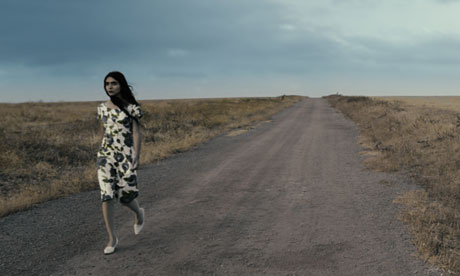This month I traveled to Tokyo to visit my family in Japan. Traveling to and from the UK gave me a full
day’s worth of movie watching time. I brought
some DVDs of my own as I asked myself pre-departure – would there be any ‘human
rights’ movies to watch on the airplane?
I few years ago I traveled to New York for a staff board meeting
when working for Women’s Link Worldwide and had been presently surprised to
find the feminist courtroom classic Adam’s
Rib as an option.
Yesterday’s flight didn’t disappoint either. 678 an Egyptian movie directed by Mohamed Diab
is a resounding indictment of patriarchal society and the pervasive culture of
sexual harassment in Egypt. The movie is
based roughly on a true story and interweaves the lives of three women: the
first woman to officially file a case of sexual harassment; a poor woman who
begins to use violence to defend herself from ‘the lemon test’ on buses; and an
educated woman who turns to activism after being sexually harassed at a
football game and rejected by her husband.
The film skillfully deals with a range of issues including maternal
mortality, difference within feminism and solutions to combat sexual
violence. At times, it left me bitterly
angry, at not only what women face in Egyptian society, but in all
societies. In Japan, the metro stations
are full of posters warning women about ‘chikan’ and women only cars are used
at rush hour. In countries all over the
world ‘hollaback’ initiatives have begun with women reporting sexual violence
on social networks and voicing their anger at some of the names they have been
called. As demonstrated by Julia Gillard
just two weeks ago, women face sexism and sexist comments whether they are on
the bus, walking down the street or hold office as Prime Minister.
But the film is also uplifting.
Nelly (Nahed El Sebai) refuses to cave into pressure to drop the lawsuit
and the man who harassed her received 3 years imprisonment. According to the movie a year later a law
against sexual harassment was enacted although admittedly official reporting
remains low. In the film women are also
not punished for their bravery. Instead,
the movie demonstrates how men and women can work together. Nelly’s boyfriend Omar supports her against
his parents wishes. The real losers in
the story are the men who let their strong and beautiful wives and girlfriends
down – either by abandoning them in their time of need or being caught for
sexual harassment.
678 is a brave film. It is
highly recommended.
Written somewhere in the sky over Russia.































